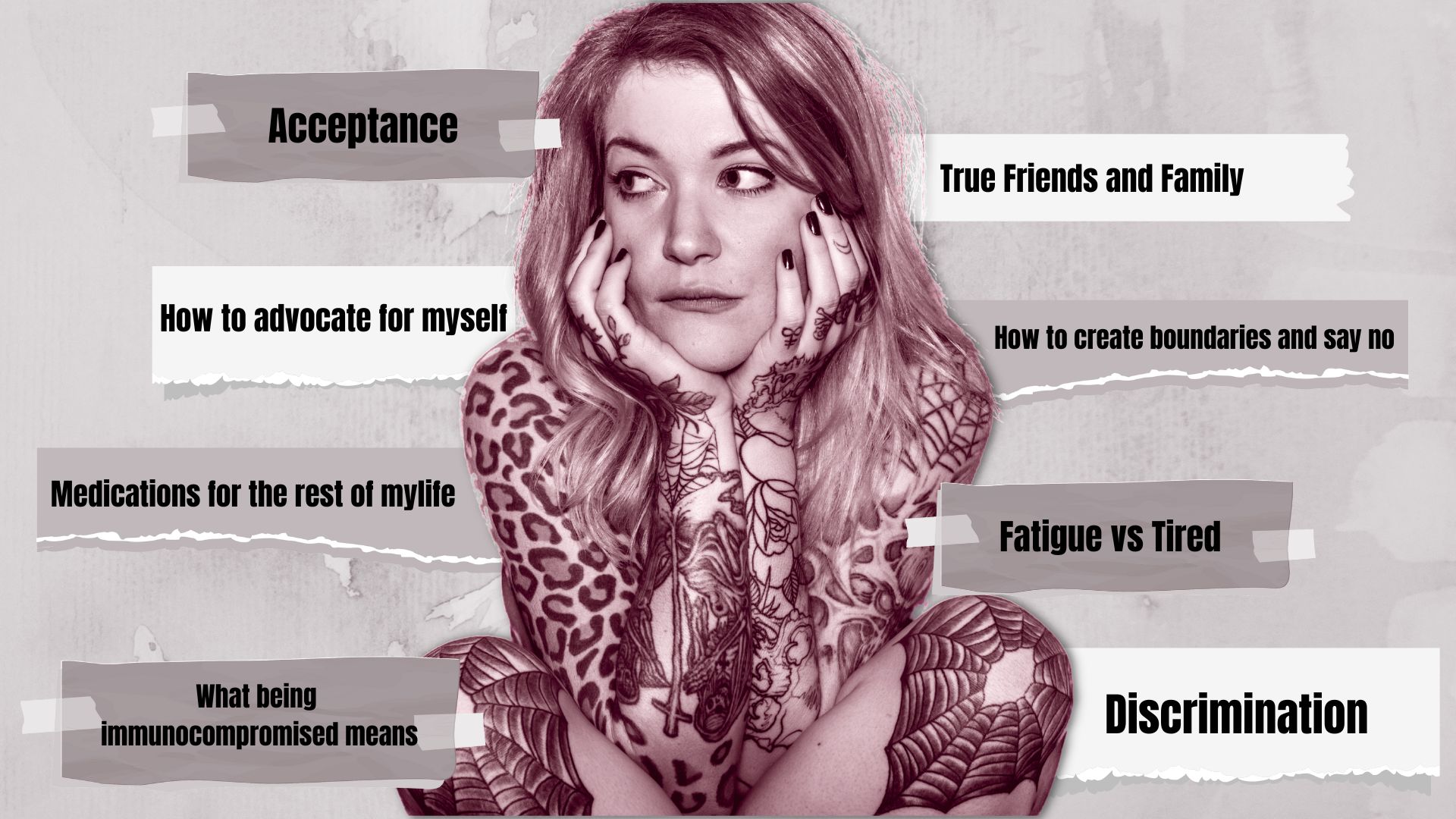Osteoarthritis (OA), the “wear-and-tear” form of arthritis, is often thought to be less serious than autoimmune forms of arthritis like rheumatoid arthritis (RA). While that may be true to a certain extent — an autoimmune illness like RA impacts more than just your joints — OA can take quite a toll on how you feel and function.
In fact, people with OA might actually suffer more than those with RA who are getting proper treatment, because there are not yet disease-modifying drugs for OA.
According to a new study, published in the journal Arthritis & Rheumatology, the “disease burden” is similar among OA and RA patients at the time of diagnosis; but six months into treatment, RA patients often tend to be faring better.
To reach this conclusion, researchers from Rush University Medical Center in Chicago analyzed surveys of 149 OA patients and 203 RA patients during rheumatology checkups between 2011 and 2017. At each visit, disease burden was measured using standard health questionnaires that asked patients to rate their level of pain, overall functioning, and answer questions about whether they were able to perform daily activities like bending down to pick something up off the floor, tie their shoes, and get in and out of bed without help.
[You can use our ArthritisPower app to track your symptoms and disease activity and share your results with your doctor.]
When these patients first started to receive rheumatology care, both groups reported a similar amount of pain and disability. But six months into treatment, the RA patients appeared to have an edge: Although members of both the OA and RA groups had improved in that time, those with RA had improved significantly more.
“From the health professionals’ perspectives of patho-physiology and treatments, OA and RA are very different diseases,” the study authors wrote. ” From the patients’ viewpoints, however, both diseases appear to present a similar burden on their daily lives… [and] after treatment, OA is associated with a higher mean burden of disease than RA.”
The authors clarified that this study does not imply that OA is “more severe” than RA, as both conditions can range in severity.
However, RA symptoms may be easier to improve from baseline thanks to “superior treatments for RA.”
“In some senses, the primary goal of our study may be regarded as an alert to health policy planners, the public health community, and granting agencies to recognize the importance of osteoarthritis,” study coauthor Theodore Pincus, MD, told MedPage Today. “OA is a serious disease that has been relatively neglected for many years and needs attention for better understanding of pathogenesis and treatment.”






